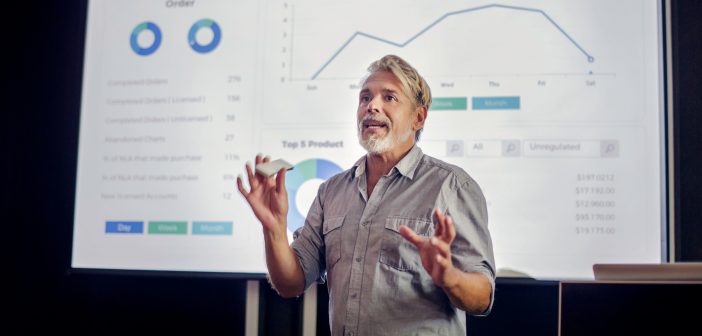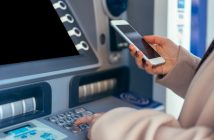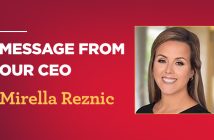Now’s a great time to review your personal and business debt burden and take steps to reduce it. To start, check out these smart tips and steps.
The start of a new year can be a good time to take stock of where you are financially. As you assess both your personal and business priorities, take an inventory of your debt obligations and interest rates. That way, you can become more fully aware of exactly where your hard-earned cash is going each month and perhaps make some headway in paying it down.
If you carry credit card debt from month to month, you aren’t alone. On average, Americans were living with about $6,271 in revolving credit card balances in 2020, which typically have higher interest rates than other kinds of debt including home mortgages, and student and auto loans.
Revisit Payment Deferrals
Dan Herron, a certified financial planner with Elemental Wealth Advisors in California, says when you take an inventory of where you owe money, it’s important in 2021 to consider things many of us may not have experienced before COVID-19, such as payment deferrals on credit cards.
Because of the damaging financial impacts the global health pandemic waged in 2020, by July of last year, some 26% of U.S. residents reported they had already taken part in some type of payment deferral, according to one national study.
If that’s the case for you, make sure you have a plan for getting back on track and understand explicitly what the lender expects of you. Remember, a deferral is not the same as loan forgiveness and the money will still have to be paid back at some point. “If you need to start making payments again,” Herron says, talk with your (housing) lender or credit card issuer, to see if you can restructure the payments to make them more affordable for your cash flow purposes.”
Still need help with your payments? Your Credit Union is here to help with our special Agency specific loans designed to help you manage your cash flow during these difficult times.
Transfer High-Interest Debt to a Lower Interest Rate
Whether or not you feel you have too much debt or not, interest rates are at historic lows and likely to stay there for a while. It’s a smart move to lock them in, particularly for your longest term debts like mortgages, car loans and some student loans. (Be careful with the federal ones. Don’t refi into a private loan if you expect you will want to take advantage of federal repayment provisions like Income Based Repayment or Public Service Loan Forgiveness.)
What’s the best way to go about it? First, consider a consolidation of certain debts (such as those high-interest credit cards) into a form of debt with a lower interest rate. There are several ways to do this. You can start by taking advantage of our low rate credit cards with awesome intro offers, cash back and rewards.
You can also check with the credit union about other lower-interest loan options – for example a personal loan, or a HELOC, where you use home equity to consolidate credit card debt. (We recently cut our Home Equity Line of Credit rates.) Both can help you save substantially. Just be sure you put those credit cards on ice so that you don’t end up in a hole that’s twice as deep.
Choose a Strategy To Pay Down Debt
Once you’ve lowered your interest rates as far as possible, it’s time to pick a debt-repayment strategy that you can use in the months and years going forward to dig out.
The avalanche and snowball methods are the most popular debt-payment methodologies. For the avalanche method, you prioritize the highest interest rates first and pay down those debts. That way, you minimize the total amount of interest you pay.
For the snowball approach, you pay off the smallest loan amounts first, gaining momentum to stay on track. (Just FYI, we prefer the avalanche because it saves more money – but you should pick the one that works for you.) Whichever method you choose to pay down high-interest debt, set up an automatic payment from your checking or savings account to your lender.
That will ensure payments are made promptly and you don’t lose the lower rate you just earned. Need more assistance with financial debt or building your savings? Get a free personalized Financial Wellness Check from the comfort of your home or office and in less than 5 minutes, you can be on the way to saving and earning more.
With reporting by Casandra Andrews





